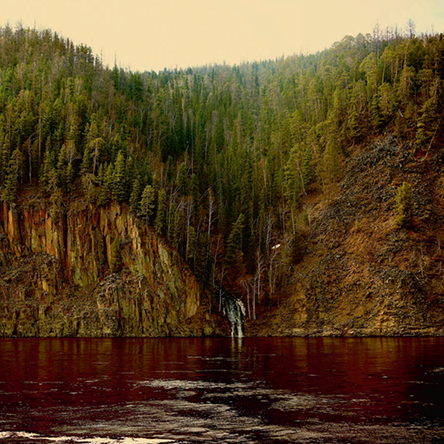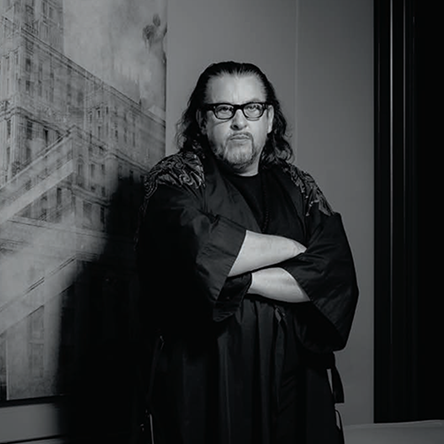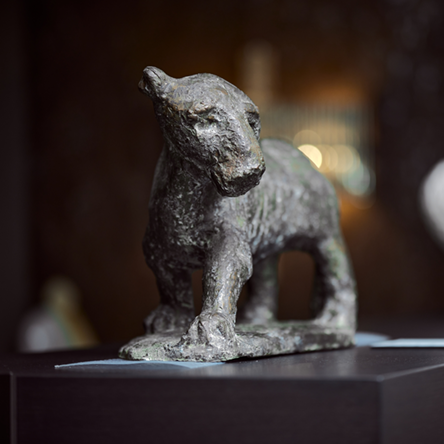
CARLOS PUENTE
POST WAR SPAIN was a culturally complex nation. Bitter with its memories of the Civil War – itself a legacy of the little known Carlist Wars of the 19th century(1) – and divided by the regime of Francisco Franco. With Western politics focussed on the USSR and its satellite states, Franco felt secure with his nationalist (anti-communist) stance. When the painter, Carlos Puente de Ambrosio, was born in Santander in 1950, the society he entered was in a state of flux.
The symbiotic relationship between writers and artists was as prevalent in Spain as in France, a country whose influence on Spanish culture dated from the first Bourbon king, Philip V, in the 18th century. Amongst radical creatifs, the 1936 murder of poet Federico García Lorca by the Fascists was still fresh, symbolic and raw, yet the regime was now actively embracing the arts it found acceptable. For example, in 1950 Spain returned to the Venice Biennale after an eight-year hiatus (showing sculptor Carlos Ferreira de la Torre). And one of Spain’s most celebrated artists, Antoni Tàpies, has been quoted as saying ‘Painting during the Franco regime was less difficult than painting in Nazi Germany or Fascist Italy, because they thought that Modern Art wasn’t important and didn’t actually influence daily life.’



Nevertheless, the dictatorship was unimpressed with the counter culture of Europe and America in the 1960’s and repressive measures were taken to discipline the youth of Spain. Art schools, as a traditional hotbed of revolutionary ideas both cultural and political, were thus subject to surveillance. So after studying at the Escuela de Artes Aplicadas e Santander in 1969, Carlos Puente made the traditional migration to Paris, which had a long association with artists from Spain, Picasso and Dali being perhaps the most legendary.
As the mood in European art changes, the spotlight is now on mid-generation artists with a solid and definable career, the very antithesis of concept-based rock’n’roll sensationalism. It is easy to be seduced into thinking the great works of art and its collectors are exclusively those that feature in the multi-million dollar auction sales. These excesses are certainly part of the picture but actually represent a small section of the whole. The core of the art business is made up of serious artists with a lifelong commitment to their work, supported by savvy collectors for whom authenticity and veracity outweighs the fads and fashionable foibles of a commodity market obsessed with investment and return. Carlos Puente is one of those artists.











